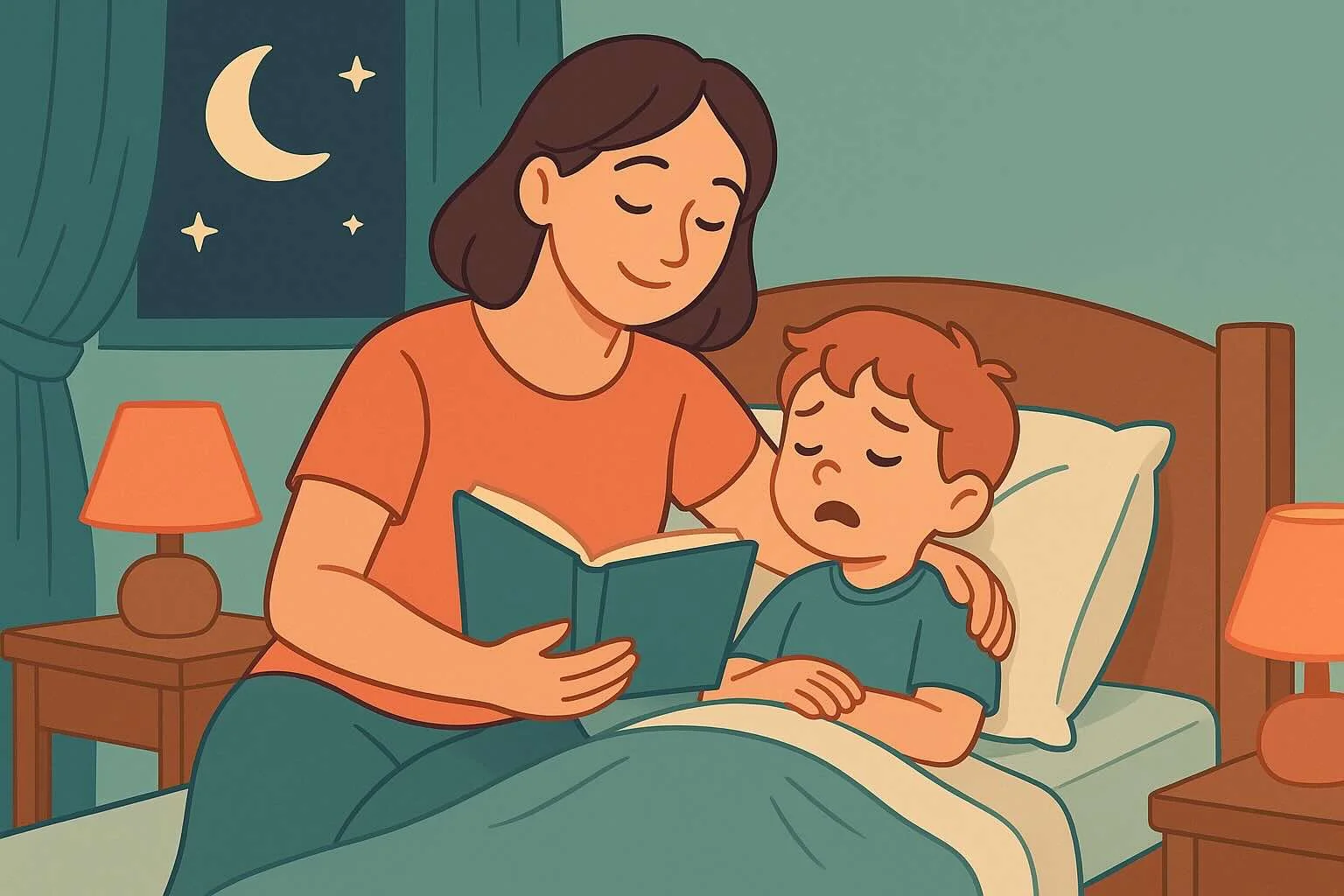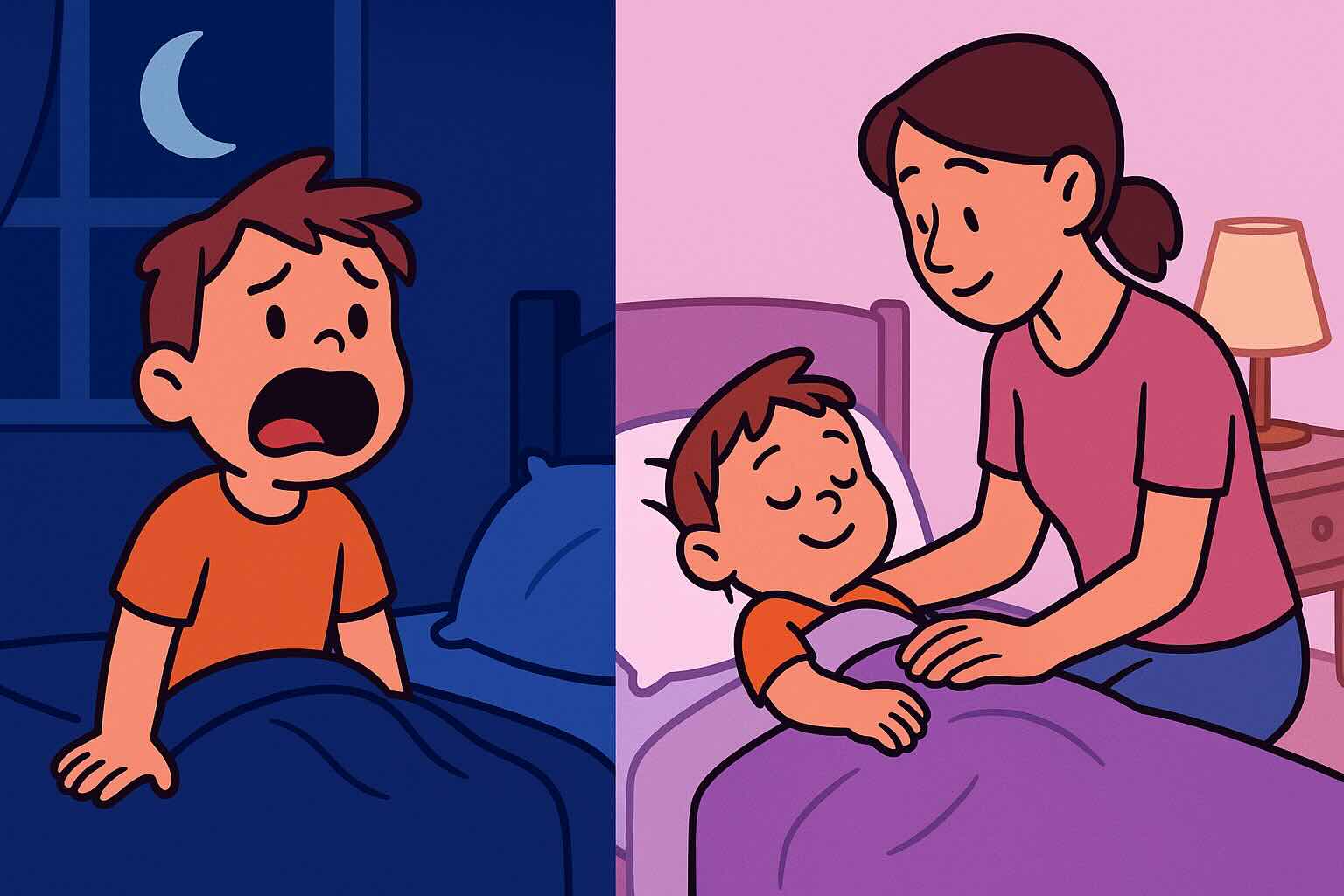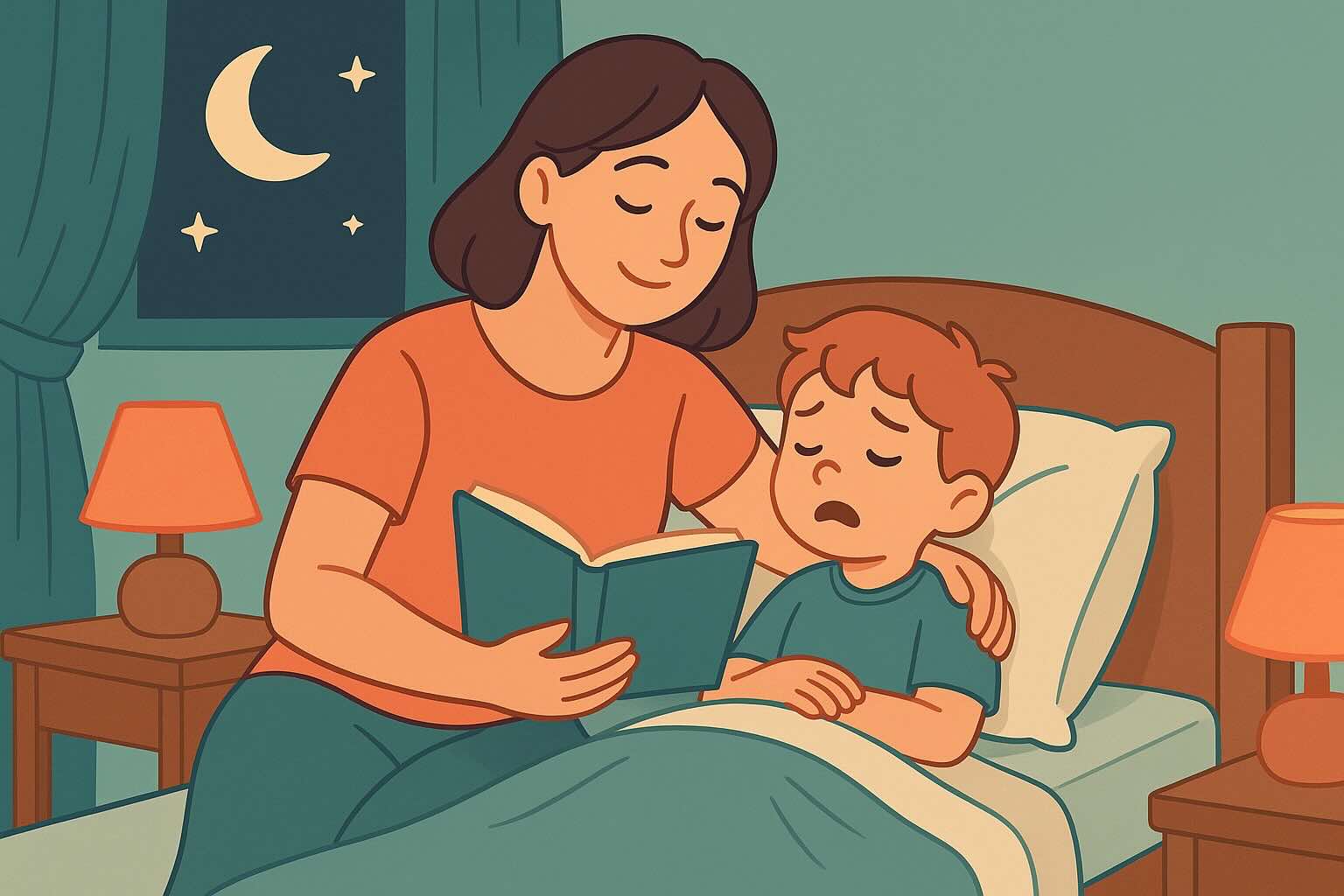Sleep Training Methods: 6 Myths Debunked for Exhausted Parents

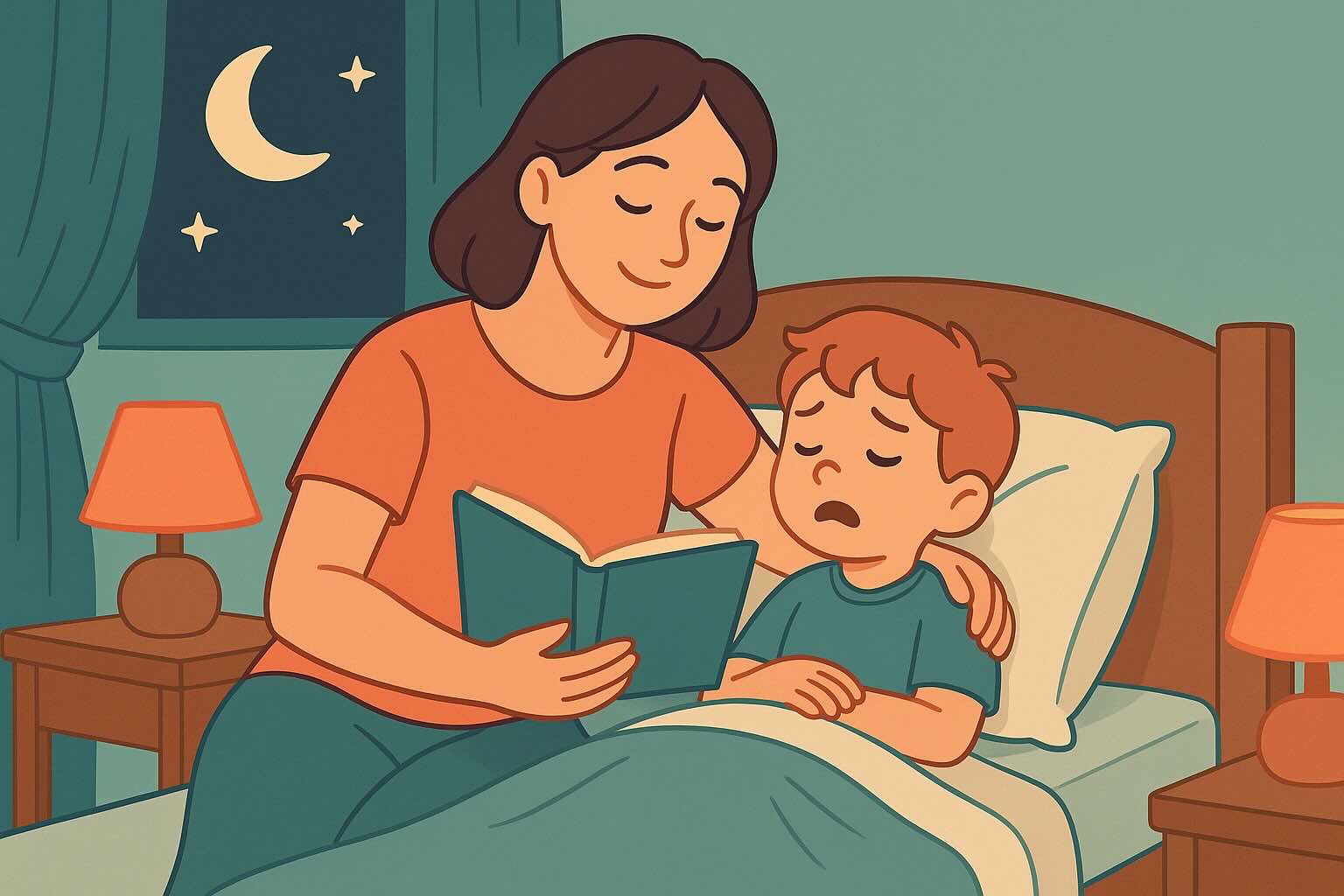
If you're reading this at 3 AM while your baby cries in the next room, wondering if sleep training is right for your family—take a deep breath. You're not alone, and you're not failing as a parent.
Sleep training is one of the most debated topics in parenting. With countless methods, conflicting advice, and strong opinions on all sides, it's no wonder parents feel overwhelmed. This comprehensive guide provides honest, evidence-based information about what research actually shows, including realistic expectations, safety considerations, and individual variations that other sources often overlook.
For other evidence-based parenting strategies, explore our guides on handling toddler tantrums and understanding parent brain changes. Also see our comprehensive healthy sleep habits guide for building sustainable sleep patterns and bedtime battles solutions for addressing resistance to sleep routines. If your child experiences frequent night wakings, our night wakings guide provides solutions for teaching independent return-to-sleep skills.
What You'll Learn in This Guide
- The Real Science - What research actually says about sleep training safety and effectiveness
- Honest Effectiveness Data - Realistic success rates and timelines based on actual studies
- Safety Considerations - Complete contraindications and when NOT to sleep train
- Method Comparisons - Detailed breakdown of different approaches with evidence
- Implementation Guides - Step-by-step instructions with realistic expectations
- Troubleshooting - Solutions for common challenges and when to stop
- Individual Factors - How baby temperament and family circumstances affect outcomes (similar to how toddler temperament affects tantrum strategies)
Estimated reading time: 12 minutes
How Baby Sleep Development Actually Works (The Science)
Normal Baby Sleep Patterns: What to Really Expect
Newborns don't naturally follow the 24-hour sleep-wake cycle that adults do. Their circadian rhythms aren't fully developed until around 3-4 months of age, and even then, individual variation is enormous. This biological reality explains why those first few months can feel so challenging for new parents.
Key developmental milestones:
- 0-3 months: Irregular sleep patterns, frequent night wakings are biologically normal
- 3-6 months: Circadian rhythms begin to develop, but night wakings remain common
- 6-12 months: Many babies can sleep for longer stretches, but 25-50% still wake frequently
- 12+ months: More consistent sleep patterns emerge, though regressions are common
Important reality check: Research shows that only 57% of 6-month-old babies sleep through the night (6+ hours continuously), and 43% of 12-month-olds still wake at night. "Sleeping through the night" doesn't happen for all babies by any specific age. For persistent night waking issues beyond the newborn period, see our night wakings solutions guide. If bedtime fears are complicating your sleep training efforts, our bedtime fears guide offers evidence-based strategies for addressing nighttime anxieties.
Sleep Training Research: What Studies Actually Show
Sleep Training Success Rates: The Real Numbers
Multiple studies provide data on sleep training effectiveness, but the numbers are more modest than often claimed:
Realistic Success Rates:
- Complete elimination of night waking: Only 14% of babies stop waking entirely
- Significant improvement: 50-60% of families report meaningful improvement
- No improvement: 25-50% report minimal or no change
- Time to effect: Most improvement occurs within 2-7 nights for babies who respond
- Long-term maintenance: 30-40% experience some regression requiring repeat training, often related to developmental leaps or schedule changes covered in our routine transitions guide
Important study limitations:
- Most studies involve small sample sizes (often 30-100 families)
- High dropout rates (20-30%) may skew results toward success stories
- "Success" definitions vary widely between studies
- Follow-up periods are often short (weeks to months, not years)
Safety Research: What We Know and Don't Know
The frequently cited "2016 Pediatrics study" involved only 43 families—too small for definitive safety conclusions. While this study found no measurable harm at 5-year follow-up, researchers themselves noted significant limitations and called for larger studies.
What research suggests:
- No evidence of long-term psychological harm when used appropriately with healthy babies >4 months
- Short-term stress response (cortisol elevation) occurs but typically returns to baseline
- No evidence of damaged attachment when parents remain responsive during non-sleep times
- Limited data on vulnerable populations (preterm, neurodivergent, trauma-exposed families)
Critical research gaps:
- Long-term studies (10+ years) are essentially nonexistent
- Very limited data on babies with medical conditions
- Minimal research on culturally diverse populations
- No large-scale studies on families with trauma histories
Complete Safety Considerations and Contraindications
When Sleep Training Is NOT Appropriate
Medical Contraindications:
- Babies under 4 months of age (immature nervous system)
- Preterm babies (adjust age for prematurity)
- Babies with breathing problems, sleep apnea, or cardiac conditions
- Babies with severe reflux or feeding difficulties
- During illness or immediately after illness recovery
- Babies taking medications that affect sleep or alertness
Family Contraindications:
- Parents with history of childhood trauma or abuse
- Families experiencing domestic violence or major stressors
- Parents with severe postpartum depression or anxiety
- When parents feel strongly opposed to the approach
- During major life transitions (moves, job changes, relationship stress)
Baby-Specific Factors:
- Highly sensitive or neurodivergent babies (may need modified approaches)
- Babies who self-harm during crying (head banging, breath holding)
- Babies with feeding issues or failure to thrive
- Recent sleep regression due to developmental leaps
Red Flags to Stop Sleep Training Immediately
- Vomiting during crying sessions
- Extreme distress that doesn't improve over 5-7 nights
- Behavior regression (loss of previously acquired skills)
- Parent feeling overwhelmed, depressed, or unable to cope
- Feeding problems or weight concerns
- Signs of illness or medical issues
Evidence-Based Sleep Training Methods
1. Graduated Extinction (Ferber Method)
How it works: Put baby down awake, leave for predetermined intervals, return briefly to comfort without picking up, gradually increase intervals over nights.
Research support: Most studied method with moderate effectiveness for babies who respond. Success rates vary widely (30-70% depending on definition).
Realistic timeline:
- Night 1-3: Expect significant crying (potentially 30-60+ minutes)
- Night 4-7: Most improvement occurs if baby will respond to method
- After 1 week: If no improvement, consider stopping or trying different approach
Step-by-step implementation:
- Night 1: Check after 3, 5, then 7 minutes
- Night 2: Check after 5, 10, then 15 minutes
- Night 3: Check after 7, 15, then 20 minutes
- During checks: Briefly comfort with voice/gentle touch, don't pick up (1-2 minutes maximum)
- Continue pattern until baby falls asleep
Best for: Parents comfortable with crying who want faster results and babies who don't escalate with brief check-ins
2. Chair Method (Gradual Withdrawal)
How it works: Sit next to baby's crib, gradually move chair further away over several nights until outside the room.
Research support: Limited formal studies but generally involves less crying. Success rates similar to other methods but takes longer.
Step-by-step implementation:
- Days 1-3: Sit next to crib until baby falls asleep (may take 30-90 minutes initially)
- Days 4-6: Move chair halfway to door
- Days 7-9: Move chair to doorway
- Days 10-12: Sit outside room where baby can hear you
- Days 13+: No longer needed in room
Timeline: Usually takes 2-4 weeks but involves minimal crying Best for: Parents who prefer gentler approach with more physical presence
3. Check and Console
How it works: Put baby down awake, check at regular intervals (usually every 5-10 minutes) to briefly comfort without picking up.
Research support: Few formal studies comparing to other methods. Similar effectiveness but may take longer for some babies.
Step-by-step implementation:
- Put baby down awake with consistent bedtime routine
- Leave the room and set timer for chosen interval (5-15 minutes)
- Return for brief check - 1-2 minutes of comfort without picking up
- Repeat same interval consistently until baby falls asleep
- Maintain consistent intervals each night (don't increase like Ferber)
Best for: Parents who want structure but prefer consistent, predictable intervals
4. Pick-Up/Put-Down Method
How it works: Pick up baby when crying, put down when calm, repeat as needed.
Research support: Very limited formal research. Can work but often takes significantly longer.
Considerations: May be overstimulating for some babies and exhausting for parents. Can work well for younger babies (4-6 months) who respond to parental comfort.
Creating the Foundation for Healthy Sleep
Essential Prerequisites Before Sleep Training
1. Consistent Bedtime Routine (2-4 weeks before training) Research shows predictable routines help babies learn sleep cues:
- Bath, feeding, quiet story or song
- Same order, same timing each night
- 20-30 minutes total duration
- Put baby down awake for final step
2. Appropriate Sleep Environment
- Cool room temperature (65-68°F/18-20°C)
- Dark room (blackout curtains help)
- White noise for consistency (50-60 decibels)
- Safe sleep space following current guidelines
3. Age-Appropriate Schedule Ensuring baby isn't overtired or under-tired significantly impacts success:
- 4-6 months: 2-3 hours awake between sleeps
- 6-8 months: 2.5-3.5 hours
- 8-12 months: 3-4 hours
- Individual variation is significant—watch your baby's cues
Realistic Expectations and Individual Variations
Why Some Babies Don't Respond to Sleep Training
Temperament Factors:
- Highly sensitive babies may become more upset with traditional methods
- Strong-willed babies may resist changes to established patterns
- Anxious babies may need more gradual approaches
- Some babies simply aren't developmentally ready
Environmental Factors:
- Inconsistent application by caregivers
- Too much stimulation during day or bedtime routine
- Inappropriate schedule for baby's individual needs
- External stressors (noise, siblings, schedule changes)
Biological Factors:
- Some babies are naturally "night owls" or "early birds"
- Feeding issues that affect comfort and satiety
- Undiagnosed medical conditions
- Developmental variations in sleep regulation
When Sleep Training Doesn't Work
After 2 weeks of consistent implementation:
- Consider baby's individual temperament and needs
- Evaluate schedule, environment, and routine factors
- Consult pediatrician about potential medical issues
- Consider alternative approaches or professional help
- Remember that some babies aren't good candidates for traditional sleep training
Troubleshooting Common Challenges
Challenge: Baby Cries for Extended Periods (60+ minutes)
Possible causes: Overtired, under-tired, schedule issues, temperament mismatch Solutions:
- Reassess wake windows and daily schedule
- Consider gentler method or temporary pause
- Rule out hunger, discomfort, or illness
- Some babies may not be candidates for traditional methods
Challenge: Initial Success Followed by Regression
Possible causes: Developmental leaps, illness, schedule changes, inconsistent application Solutions:
- Maintain consistency during temporary setbacks
- Adjust schedule as baby develops
- Expect some regression during growth spurts or developmental changes
- Brief "refresher" training may be needed
Challenge: Works for Bedtime but Not Night Wakings
Possible causes: Different sleep cycles, hunger, habit, environmental factors Solutions:
- Focus on bedtime success first (4-6 weeks)
- Gradually extend approach to night wakings
- Consider feeding schedules for younger babies
- Environmental consistency throughout night
Challenge: One Parent Can Implement, Other Cannot
Possible causes: Different comfort levels, inconsistent application, baby preferences Solutions:
- Start with one consistent caregiver
- Gradually involve other parent once pattern established
- Ensure both parents understand and agree with chosen method
- Consider counseling if causing relationship stress
Making an Informed Decision
Questions to Ask Yourself
- Am I emotionally ready for this approach?
- Is my baby developmentally appropriate for sleep training?
- Do I have realistic expectations about timelines and success rates?
- Am I prepared to be consistent for 2-3 weeks?
- Have I addressed all medical and environmental factors?
- Do I have support if I need to stop?
Alternative Approaches to Consider
Gentle, No-Cry Methods:
- Gradual schedule adjustments
- Environmental modifications
- Comfort object introduction
- Co-sleeping arrangements (if safe)
Professional Support:
- Pediatric sleep consultants
- Occupational therapists for sensory issues
- Pediatricians for medical evaluation
- Mental health support for family stress
The Long-Term Perspective
What Research Shows About Long-Term Outcomes
Positive findings:
- No evidence of psychological harm when appropriately implemented
- Improved family functioning and parental well-being in families where it works
- Better sleep quality for babies who respond positively
Important caveats:
- Long-term studies are limited and involve small populations
- Individual variation in outcomes is significant
- Family context and implementation quality matter greatly
- Some families benefit more from alternative approaches
Supporting Healthy Sleep Throughout Childhood
Whether you sleep train or not, these principles support good sleep:
- Consistent routines and expectations
- Age-appropriate schedules and environments
- Responding to individual child's needs and temperament
- Balancing structure with flexibility
- Ongoing attention to sleep hygiene and habits
For comprehensive strategies on building healthy sleep habits from infancy through school age, our complete sleep habits guide provides age-specific approaches for creating lasting sleep patterns. If you're transitioning from co-sleeping to independent sleep, our bedroom transition guide offers a proven 2-stage method.
When to Seek Professional Help
Red Flags for Professional Consultation
- No improvement after 3-4 weeks of consistent implementation
- Baby seems to be getting worse rather than better
- Extreme distress for baby or parents
- Concerns about underlying sleep disorders or medical issues
- Family conflict or significant stress about sleep approaches
Types of Professional Support Available
Pediatric sleep consultants provide personalized guidance and troubleshooting Pediatricians can rule out medical causes and provide medical perspective Mental health professionals help with family stress and decision-making Occupational therapists assist with sensory processing issues
Key Takeaways: Your Sleep Training Decision Guide
- ✅ Sleep training works for some babies but is not universally effective
- ✅ Safety research is limited but shows no evidence of harm when appropriately used
- ✅ Success rates are modest - realistic expectations are essential
- ✅ Individual variation is huge - what works for one family may not work for another
- ✅ Timing and readiness matter - both baby and family must be prepared
- ✅ Consistency is crucial - inconsistent implementation often leads to failure
- ✅ Professional help is available if you need guidance or support
- ✅ Alternative approaches exist - sleep training is one option, not the only option
- ✅ Your family's wellbeing matters most - choose approaches that work for your specific situation
Remember: There is no one-size-fits-all approach to infant sleep. The "best" method is the one that works safely and sustainably for your family.
This article is based on peer-reviewed research and clinical guidelines. Individual experiences may vary significantly. Always consult with your pediatrician before beginning any sleep training approach, especially if your baby has medical concerns or special needs.
24/7 AI Parenting Assistant
Get instant, personalized advice with expert-curated parenting knowledge. Chat with your AI coach anytime, anywhere.
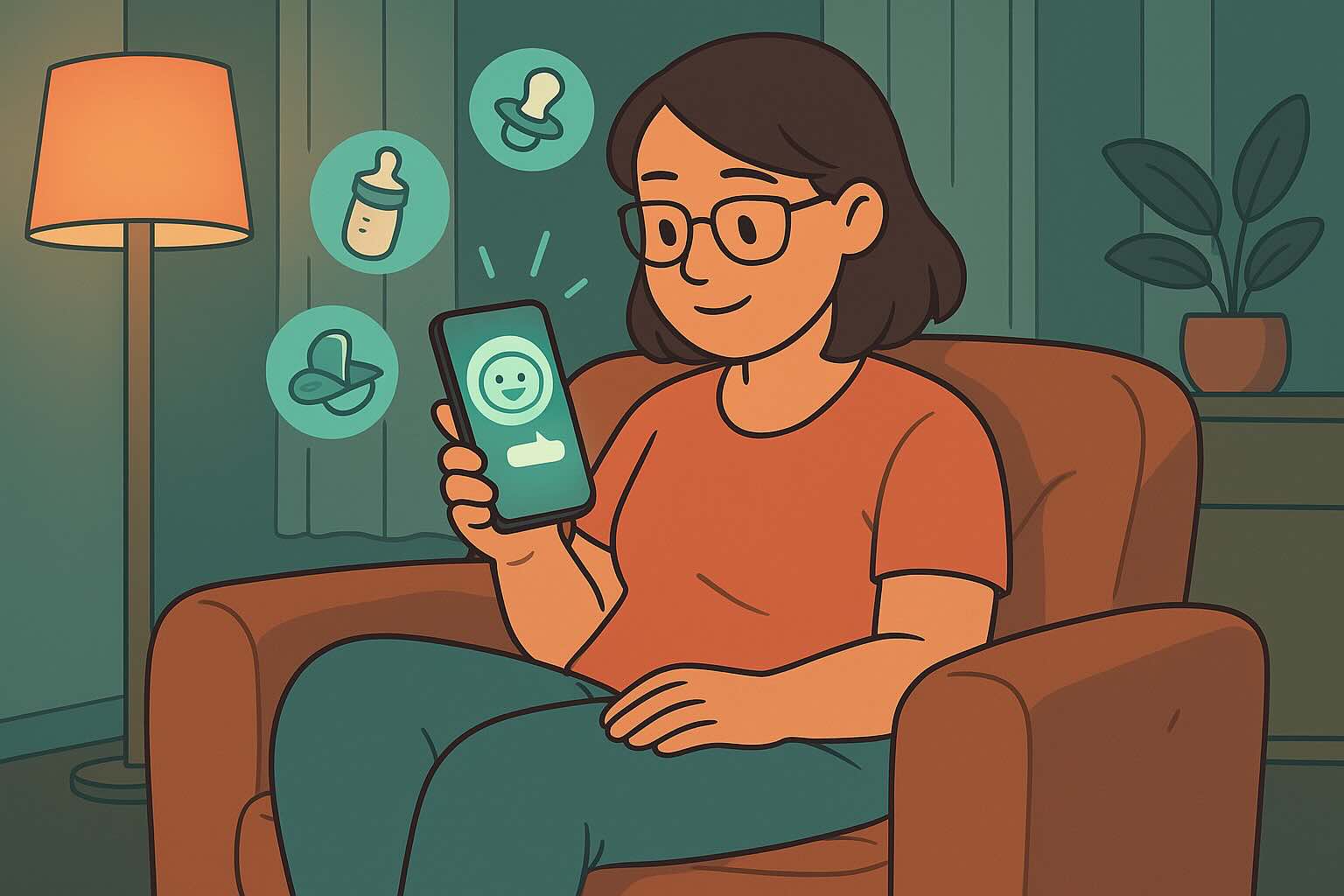
Get Your Free Sleep Training Toolkit
5-day email course + printable sleep log to help your baby sleep through the night
Frequently Asked Questions
Need personalized support?
RootWise's AI coach can provide tailored strategies for your specific situation, available 24/7 when you need it most.
Learn More About AI Coaching →